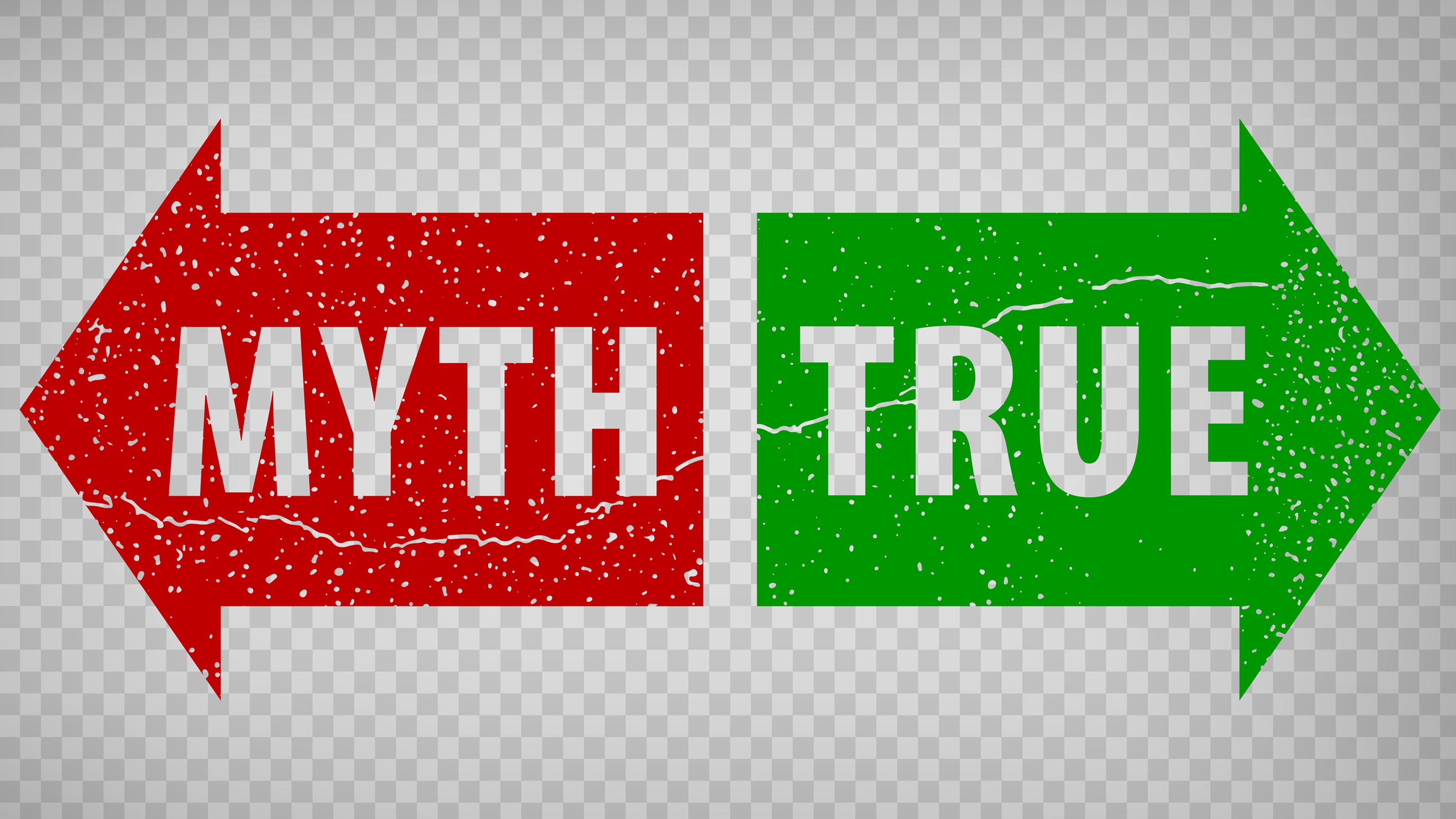Strategize Now to Avoid a Nasty Tax Surprise in Retirement
If you did most of your retirement saving in 401(k)s and IRAs, unless you have a plan, you may end up paying a lot more in taxes than you bargained for.


Americans worry a lot about saving enough money for a long and happy retirement. What they don’t seem to spend as much time figuring out is how to keep more of what they have managed to save while working so hard.
No one can prepare for every expense that might crop up in what could be a 20-, 30- or even 40-year retirement. No matter the timeline, you can always plan for taxes … and should. Whether your savings are mighty or meager, Uncle Sam is going to want his share and will take as much as you’re willing to hand over, so it’s up to you to be sure the amount is fair.
To do that, you’ll have to think beyond the basics — beyond today and your tax-deferred IRA or 401(k). Your goal should be to get yourself into the lowest tax bracket possible every year in retirement. That means divvying up your nest egg into different tax “buckets”:
From just $107.88 $24.99 for Kiplinger Personal Finance
Be a smarter, better informed investor.

Sign up for Kiplinger’s Free Newsletters
Profit and prosper with the best of expert advice on investing, taxes, retirement, personal finance and more - straight to your e-mail.
Profit and prosper with the best of expert advice - straight to your e-mail.
The taxable bucket
This includes the investments and savings you pay taxes on upfront and annually on the growth, including your bank accounts, non-qualified brokerage accounts, certificates of deposit, interest on bonds, etc.
The tax-deferred bucket
This holds your IRA and 401(k) accounts. You don’t pay taxes when you deposit the money or while the money is growing. However, you will pay taxes on 100% of the money you withdraw from this bucket. Once you turn 70½, you are forced to withdraw according to an IRS calculation through RMDs (required minimum distributions), whether you need the money or not.
You will pay taxes according to your tax rate at the time of withdrawal. This could be a higher rate in the future, meaning you could pay more in taxes than you saved when you initially deposited the funds. Therefore, if you’re highly invested in this bucket, you’ll have more taxable income on your 1040, which could push you into a higher tax bracket in retirement and cause your Social Security to be taxed accordingly.
The tax-free bucket
This includes Roth IRAs and Roth 401(k)s, along with specially designed life insurance policies and municipal bonds, where you pay the taxes upfront and accumulate the growth tax-free. For older savers who have contributed for years to the popular workplace 401(k), getting those buckets balanced usually includes converting some tax-deferred dollars into a Roth, which has tax-free earnings and withdrawals.
One client’s tax-saving strategy
Other strategies can further diversify your income streams and add even more tax efficiency to your retirement plan. Here’s how one of my clients recently cut her future tax bill down to size:
Michelle is in her mid-50s and plans to retire at 65. At that time, she’ll turn on three income streams: an $18,000-per-year pension benefit, a $30,000-per-year Social Security benefit, and $32,000 from an overfunded permanent life insurance policy. (She’ll do the latter through a strategy known as max funding, which allows the owner to withdraw the policy’s excess cash tax-free through loans that will be repaid with the owner’s death benefit.)
That’s $80,000 in income — but her adjusted gross income will only be $33,000 ($18,000 + half of her Social Security benefit). Assuming a standard deduction of $12,000, that leaves $21,000 of her $33,000 that will be taxed.
She also has a 401(k), which should be worth about $800,000 when she retires. She doesn’t need the income, but if she does, she should have a bit of a cushion before she hits the next tax bracket. She also can work on converting some of that money to a Roth account before she’s hit with required minimum distributions at age 70½.
The bottom line
Michelle’s money should last much longer than it would if it were all being taxed. She’d be taking out at least another $10,000 to $12,000 a year to get to the same net amount — the amount she’s decided she needs to live the lifestyle she wants in retirement.
Tax-deferred investment accounts can be a beautiful thing for savers. But they’re not the only way to go. The earlier you start, the easier it will be to find the balance you need with those three tax buckets.
Do your homework and preserve every dollar you can. The next time you meet with your CPA or financial adviser, talk about strategies that could help you avoid a nest-egg-nibbling tax burden in retirement.
Kim Franke-Folstad contributed to this article.
Profit and prosper with the best of Kiplinger's advice on investing, taxes, retirement, personal finance and much more. Delivered daily. Enter your email in the box and click Sign Me Up.

Gregory Ricks, is the founder and CEO of Gregory Ricks & Associates and is a licensed insurance professional. He is also the founder of Total Wealth Authority, a team of outside financial, tax and estate planning professionals, and is the host of radio show Winning at Life on News Talk 99.5 WRNO (10 a.m. to 1 p.m. on Saturdays and 7 p.m. to 8 p.m. on weeknights).
-
 Stocks Rise to End a Volatile Week: Stock Market Today
Stocks Rise to End a Volatile Week: Stock Market TodayThe market's fear index reached and retreated from a six-month intraday peak on Friday as stocks closed the week well.
-
 Kiplinger News Quiz, Oct 17 — Longest Government Shutdown?
Kiplinger News Quiz, Oct 17 — Longest Government Shutdown?Quiz We covered stories about the shutdown, Medicare and vehicle recalls this week, but why? Test yourself on the latest financial and business news.
-
 Treat Home Equity Like Other Investments in Your Retirement Plan: Look at Its Track Record
Treat Home Equity Like Other Investments in Your Retirement Plan: Look at Its Track RecordHomeowners who are considering using home equity in their retirement plan can analyze it like they do their other investments. Here's how.
-
 Why Does It Take Insurers So Darn Long to Pay Claims? An Insurance Expert Explains
Why Does It Take Insurers So Darn Long to Pay Claims? An Insurance Expert ExplainsThe process of verification, investigation and cost assessment after a loss is complex and goes beyond simply cutting a check.
-
 Two Reasons to Consider Deferred Compensation in the Wake of the OBBB, From a Financial Planner
Two Reasons to Consider Deferred Compensation in the Wake of the OBBB, From a Financial PlannerDeferred compensation plans let you potentially lower your current taxes and help to keep you out of a higher tax bracket. It's important to consider the risks.
-
 Financial Fact vs Fiction: The Truth About Social Security Entitlement (and Reverse Mortgages' Bad Rap)
Financial Fact vs Fiction: The Truth About Social Security Entitlement (and Reverse Mortgages' Bad Rap)Despite the 'entitlement' moniker, Social Security and Medicare are both benefits that workers earn. And reverse mortgages can be a strategic tool for certain people. Plus, we're setting the record straight on three other myths.
-
 The End of 2%? An Investment Adviser's Case for Why the Fed Should Raise Its Inflation Target
The End of 2%? An Investment Adviser's Case for Why the Fed Should Raise Its Inflation TargetYes, inflation can be tough on those living on fixed incomes, but protecting us from it too strictly could do our overall economy more harm than good.
-
 Medicare Open Enrollment: Why You Need to Pay Extra Attention to Part D, From a Financial Adviser
Medicare Open Enrollment: Why You Need to Pay Extra Attention to Part D, From a Financial AdviserThe lowest premium for prescription drug coverage might not actually save you the most money. Make sure you take copays into consideration and do the math.
-
 How the One Big Beautiful Bill Will Change Charitable Giving
How the One Big Beautiful Bill Will Change Charitable GivingTaxpayers who don't itemize will be able to take a bigger deduction for donations, which could boost giving. However, high-income donors could see their tax benefits reduced.
-
 A 'Fast, Fair and Friendly' Fail: Farmers Irks Customers With Its Handling of a Data Breach
A 'Fast, Fair and Friendly' Fail: Farmers Irks Customers With Its Handling of a Data BreachFarmers Insurance is facing negative attention and lawsuits because of a three-month delay in notifying 1.1 million policyholders about a data breach. Here's what you can do if you're affected.